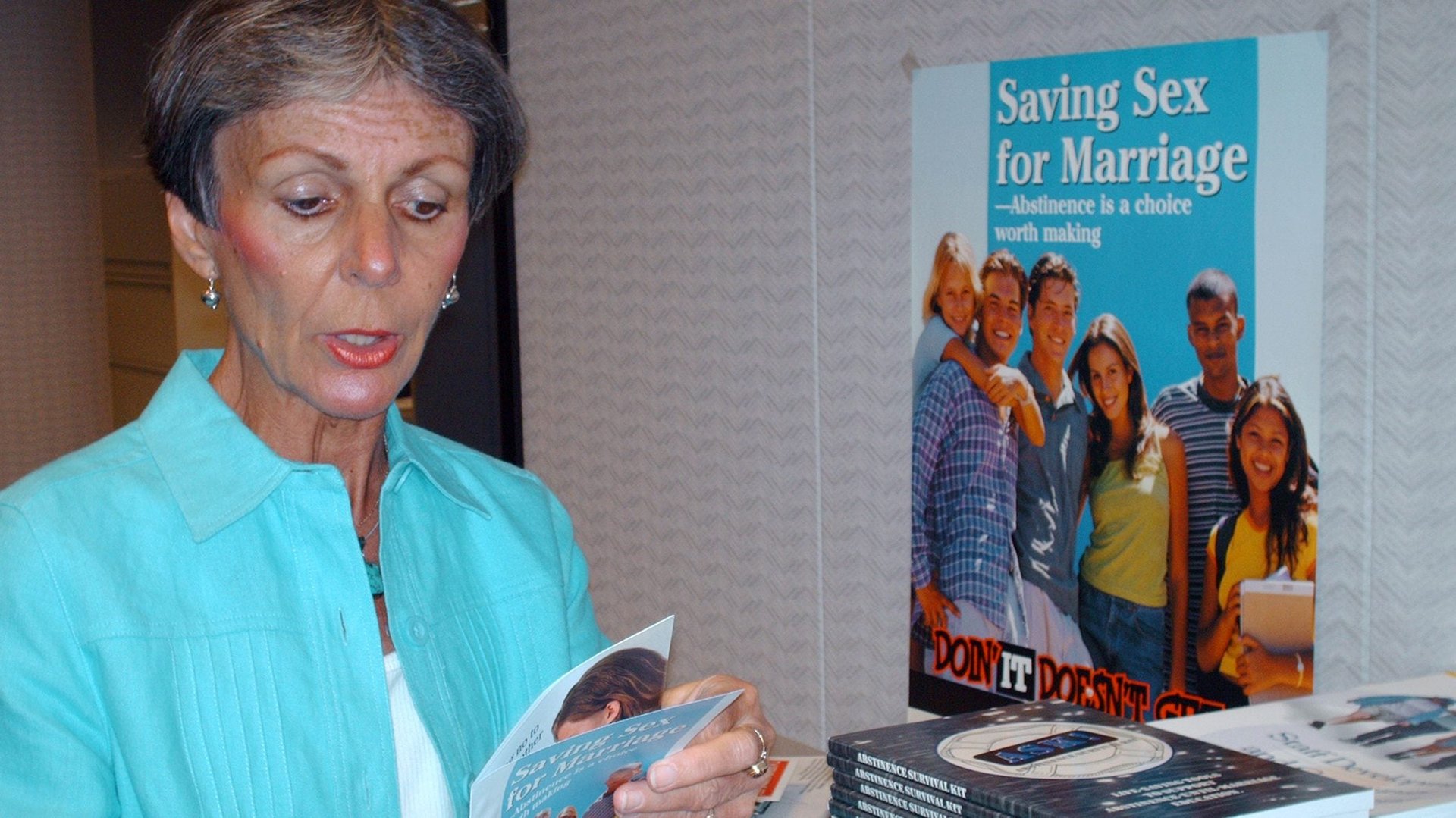Trump’s budget would devote $277 million to the least effective contraceptive method known to humankind
About half of pregnancies in the US are unintended.


About half of pregnancies in the US are unintended.
That’s significantly higher than the global average of 40%, and the US also has higher teen pregnancy and sexually transmitted disease rates than other developed nations, so it makes sense that the latest federal spending budget would set aside serious money for contraception and sexual education.
Or it would make sense, if that money was going to be spent on improving access to reproductive services, contraception, and science-based sexual education (currently, only 13 US states mandate that sex ed be medically accurate).
After all, only funding programs that work is key to the new budget, the White House says. “We’re no longer going to measure compassion by the number of programs or people on them,” Mick Mulvaney, the director of the Office of Management and Budget said May 22, when presenting the new budget. “We’re going to measure success by the number of people we actually help.”
But not only does US president Donald Trump’s budget proposal significantly cut funding to Medicaid (which accounts for 75% of publicly funded contraceptive services) and bar any health clinics that offer abortions amongst their reproductive services (such as Planned Parenthood centers) from federal funding, it also funnels money towards the promotion of the least effective type of contraceptive and sexual education: abstinence.
The budget proposal released May 22 calls for a $277 million investment in ”extend[ing] abstinence education and personal responsibility education program” between 2018 and 2024. That’s despite the overwhelming scientific evidence that abstinence programs are completely ineffective at preventing unintended pregnancies or sexually transmitted diseases.
Rather unsurprisingly, the states that top the US for teen pregnancies—like Oklahoma and Mississippi, which both near 35 pregnancies per 1,000 girls between 15 and 19, and Arkansas, where the rate is 38 per 1,000—all have sex ed policies that stress the importance of abstinence (table 2) compared to other methods. By comparison, the European Union rate is 15 per 1,000 girls.